
This is the first in a series closely modeled after Peter R’s read-throughs of such games as Zweihander (sorry for the missing umlaut, all) and HARP. I’ve recently adopted the playtest of Against the Darkmaster (abbreviated as VsD) for my tabletop home game, and I’m also running VsD via play-by-post for a few folks on the official VsD Discord server. I have a number of thoughts about the system—at least the system as it is portrayed in the QuickStart—and I’ve been sharing these with the designers and now you, the readers of this blog, if you care to receive them.
I feel that it’s appropriate to establish my relationship with VsD. My first rpg was Middle-Earth Role Playing. I believe I was twelve years old at the time, so the game must have been just published. Later, I discovered other games, notably Champions and West End Games’s Star Wars, but I never got into D&D until years later when 3e was released and a local group needed someone to DM for them. Last year, nostalgic, I began a MERP campaign. I quickly “evolved” it to RM2, then, dissatisfied with some of RM’s mechanics, I “devolved” it to Original D&D. Naturally, I was interested in what the designers of VsD had done with the game for which they likewise had fond feelings.
When I talk about games, I prefer to differentiate “emulationist” from “simulationist.” In my definitions, an emulationist game seeks to imitate a very specific intellectual property or (sub)genre. A simulationist game seeks to be “realistic.” Now, I understand that games that I consider simulationist—and this includes Rolemaster—often contain magic and the supernatural, but I argue that, even while exhibiting those unreal elements, such rules seek to mechanize the content according to the “laws” of actual physics as best as we can understand them. This is not to argue that these systems can’t (in my definition) be used to emulate specific genres and properties, but this is not the purpose for which they have been created, and, in such situations, for a certain play experience the GM must be relied on entirely. With emulationist designs, in contrast, the intended experience is built into the rules (though a GM always could mess this up).
I don’t believe VsD seeks to “compete” with any other d100 system. Instead, I think VsD hopes to rewrite MERP to emulate a very specific experience, and the milieu for this interaction is epic, “heartbreaker” high fantasy. In the introduction to the QuickStart, the designers cite novels, movies and music as their inspirations.
I am most familiar with the novels, though I have puzzled over a hierarchy that the designers seem to be suggesting: VsD “draws its main inspiration from the classic works of the masters of the genre, from J.R.R. Tolkien to Ursula K. Le Guin, passing through the two Terrys (Brooks and Goodkind) and their followers, Weis & Hickman, Jordan, and Williams.” This appears to rank Tolkien and Le Guin (though both are fantasists, to me they are qualitatively very different writers from each other) as the “masters.” The two “Terrys” appear to be grouped simply because of their names. Though I am told Brooks’s later books get better, his 1977 novel The Sword of Shannara is a very bad, almost note-for-note imitation of The Lord of the Rings. In contrast, Goodkind (I’m only familiar with Legend of the Seeker, a two-season television series based upon his work) crafts a truly unique secondary world. If Margaret Weis and Tracy Hickman, Robert Jordan and Tad Williams are supposed to be followers of the Terrys (and not all of them together of Tolkien and Le Guin), then it’s puzzling that the Weis and Hickman and Williams publications predate Goodkind.
My confusion here almost certainly results from a simple error in phrasing. It’s no big deal (right now), and the point is understood. Possibly with the exception of Le Guin’s, all these works feature Iron Age Western and Northern lands of myth and magic in which a diverse group of usually-reluctant heroes band together on a long overland quest to defeat an Evil Dark Lord usually through the use of some legendary item. I don’t think it’s too much to say that there’s usually an even more specific element in these works: major characters around which an adventuring party soon forms begin their journey innocent and naive in a secluded pastoral community, usually in the West of the land. Into this intrudes an Evil Force that is seeking these very characters. During the course of the heroes’ quest, armies will be mobilized against the forces of the Evil One, and the principal characters either will be involved in the military campaign or in the final mission to find/destroy/use the relic of power that actually can defeat the Dark Lord.

That’s it. That should be the VsD experience, not just because the GM sets such a course but because the rules impel it. I will say right now that I’m not entirely convinced that VsD, at this point in the playtest, achieves specifically the form that I have described. In some aspects it greatly delivers. To preview some later articles for this series, it provides Encounter recommendations for overland travel that are highly evocative of this genre. It has rules for PCs to find Safe Havens (not in the QuickStart but detailed in the blog) that are likewise emulationist. It’s certain that the degree of correspondence should not be judged by the QuickStart alone: the texts and tables provide many evidences that the QuickStart is a living document and a fractal portion of all that the designers have written. But the developers have told me that (right now) mass combat is outside their designs. I understand. The final product is expected to be over 300 pages already, and, really, it won’t hurt to reserve some aspects for “support” purposes. But my point remains: in these sources there always is some space for a great big war.
I have had my say and completed my introduction, but still there are two more inspirations forming VsD. And, looking at them now, I’m realizing I might have had the wrong idea about VsD’s object of emulation. VsD is inspired by the “great fantasy movies” of the 70s, 80s and 90s. I’m not sure there were any “great” ones. They were all we had, so we made the most of them. If we still like them (and I do), it’s because they are a part of us now. The writers term some of these films “sword and sorcery”, and if this subgenre also is an inspiration, then some of the design choices seem at odds. Most likely the authors aren’t using these terms with the same specificity with which I understand them, so I’ll depart from this observation for now.
I’ll have to do the same for the final inspiration: metal music. Specifically, VsD combat is inspired by metal. I didn’t have any older siblings to introduce me to roleplaying or music. Roleplaying I managed to find all alone, but music didn’t mean anything to me until 1991 when the American Top 40 began playing tracks from U2’s Achtung Baby, Nirvana’s Nevermind, and R.E.M.’s Out of Time. I’m afraid I won’t be able to comment on how bands like Malmsteen, Dio and Black Sabbath inform VsD combat.
Well, that was more than anyone wanted! Next we’ll get into the rules themselves, and I’ll be keeping my mind on how well they emulate the fictions. First up, Character Creation, and I’ll probably have to tackle it in a few parts.

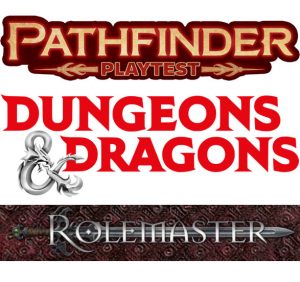




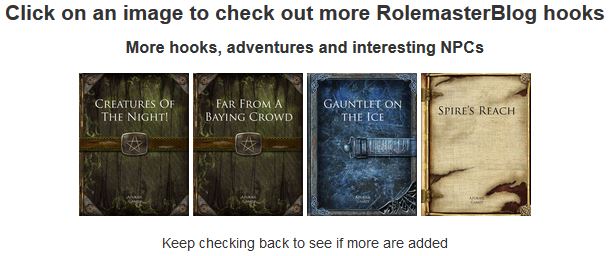

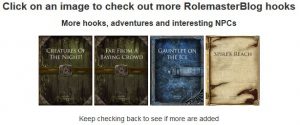
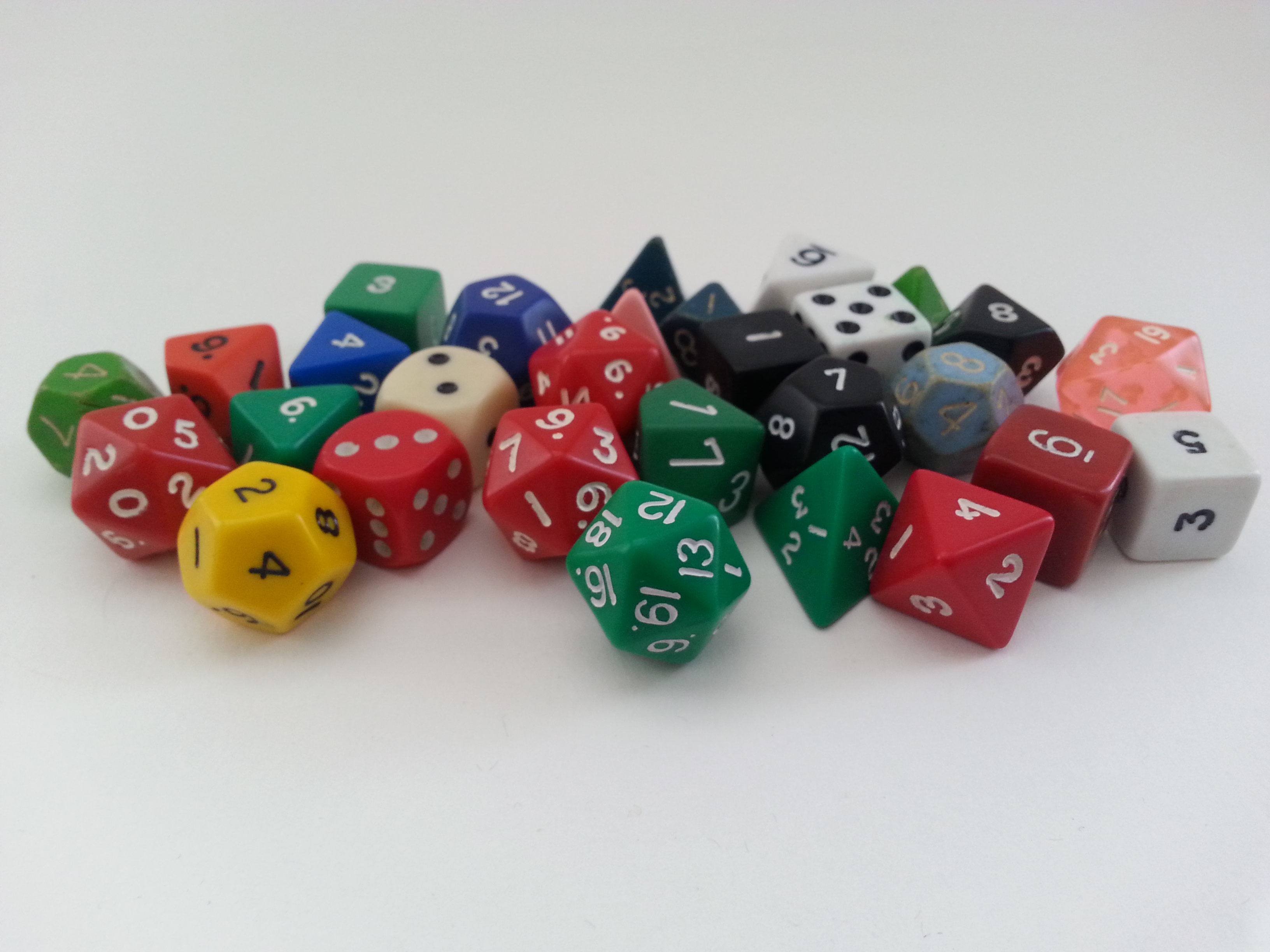
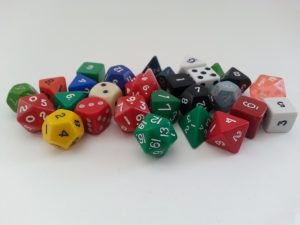

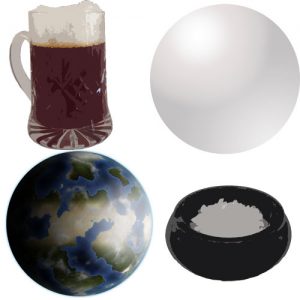



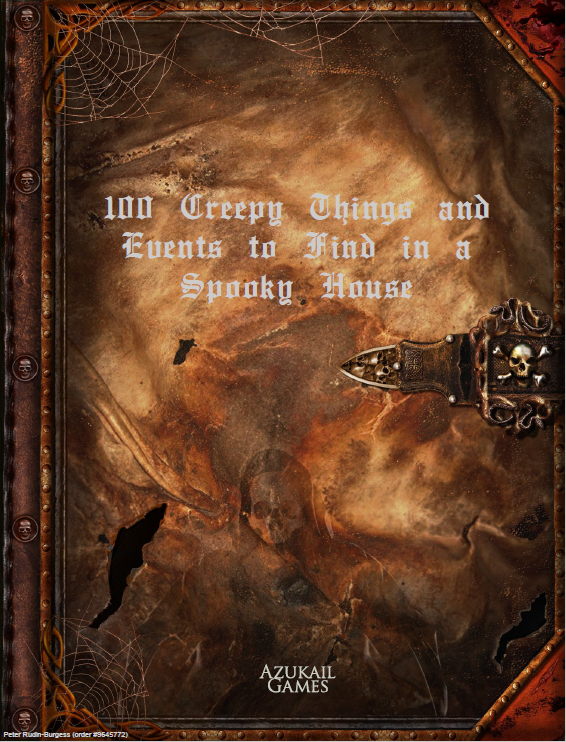



 I have been through the adventure notes today adding post-it notes to scenes and locations with little added comments about sounds, smells and little visual ‘clips’ such as dust swirling in a vortex as a door slams shut.
I have been through the adventure notes today adding post-it notes to scenes and locations with little added comments about sounds, smells and little visual ‘clips’ such as dust swirling in a vortex as a door slams shut.